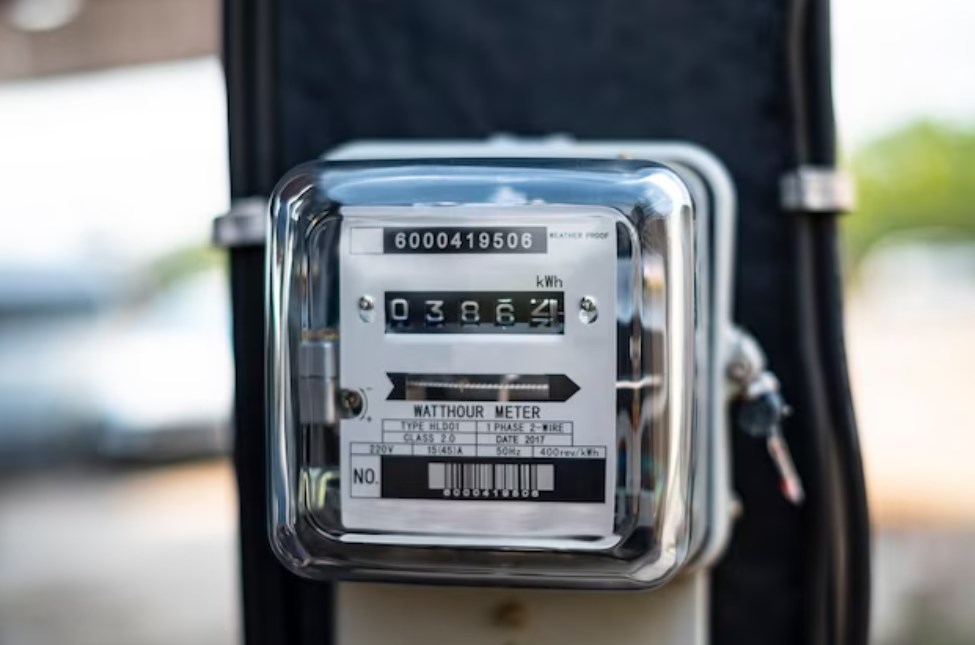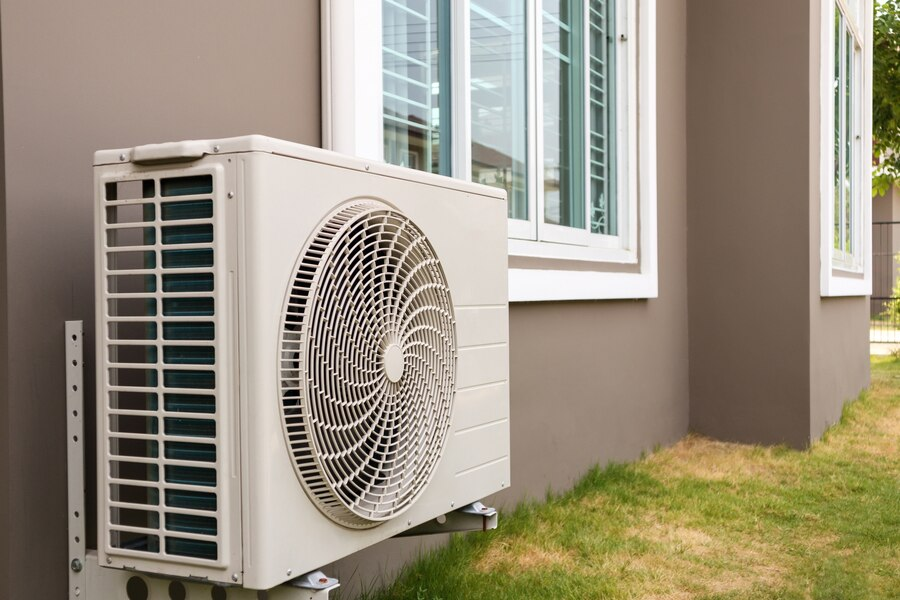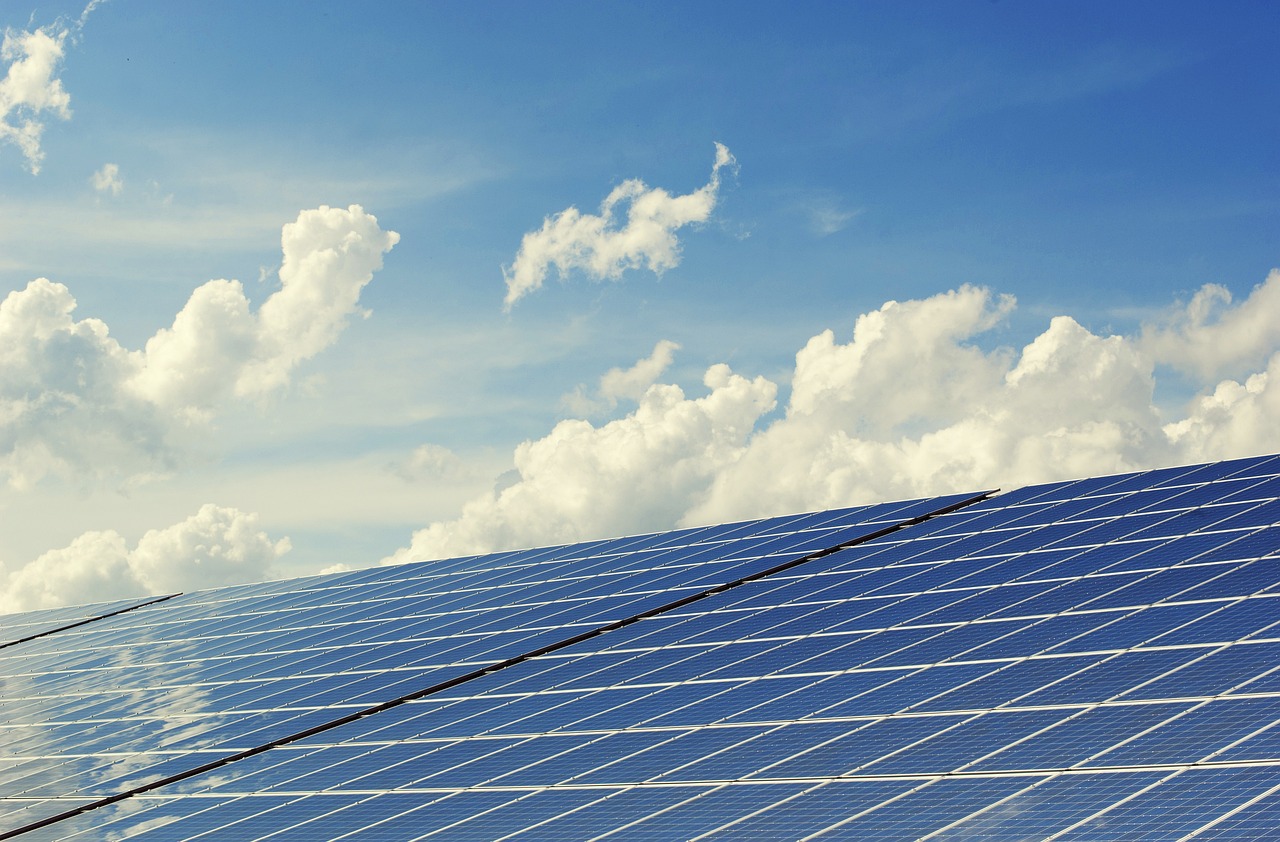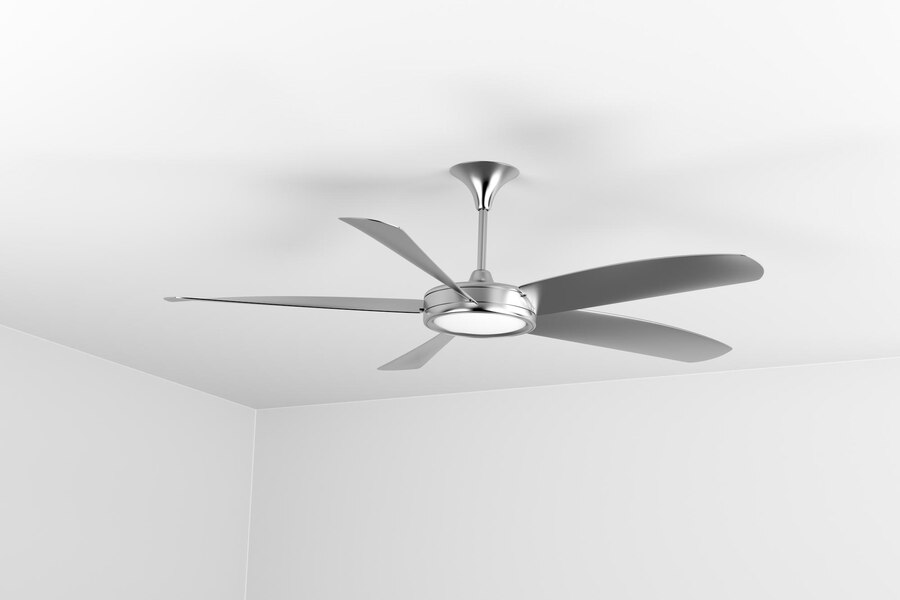In a world where energy conservation and sustainability are paramount, understanding our individual household power consumption has become increasingly important.
This article explores and explains the nuances of the average daily usage of kilowatt-hours (kWh) in a typical household and provides a detailed understanding of the factors influencing these figures.
Unraveling the Mysteries of Daily kWh Consumption
It’s quite unusual for people to discuss their household’s daily kilowatt-hour consumption, let alone share this information with others. Such topics rarely become the center of intriguing conversations.
Nevertheless, knowing if your daily energy use aligns with the ‘average’ consumption can be highly beneficial. It can serve as a baseline to compare and understand if your consumption falls within the typical range, or if it significantly exceeds the norm.
Understanding this data can help you identify opportunities for energy efficiency improvements and cost-saving measures. So let’s dive right in.
How many kilowatt-hours does a typical household consume daily?
A household in the United States, on an average day, consumes anywhere between 17 and 39 kilowatt-hours of power. However, these figures can fluctuate depending on several factors, the most significant of which is the size of the property and the heating or cooling requirements.
- The lion’s share of energy consumption is attributed to appliances that regulate indoor temperature, like air conditioners or heaters;
- If your location experiences extreme temperatures, whether hot or cold, then expect a corresponding increase in power usage. Keeping your abode at a comfortable temperature can consume a significant portion of your daily energy allocation.
Furthermore, the energy needed to regulate the temperature of a larger property is considerably higher. It is therefore understandable that a 3,000-square-foot property would require more energy to cool or heat than a 2,000-square-foot one.
What is the typical kWh consumption per day?
In the United States, an average daily power usage amounts to approximately 29.35 kilowatt-hours, derived from the yearly average consumption of 10,715 kilowatt-hours:
- This average does fluctuate, influenced by factors such as the size of the property. For instance, a 2,000-square-foot property on average consumes 11,604 kilowatt-hours annually, translating to a little over 31 kilowatt-hours per day;
- In contrast, a 3,000-square-foot property consumes around 14,210 kilowatt-hours annually, which equals slightly under 39 kilowatt-hours per day;
- The difference, while seemingly insignificant day-to-day, results in a considerable annual gap of over 2,600 kilowatt-hours. Considering the average cost of $0.14 per kilowatt-hour, a larger property can incur an additional $364 in annual electricity expenses;
- While the most recent comprehensive data from the Energy Information Administration dates back to 2015, it presents a fascinating comparison of other variables like the number of occupants or annual income that also influence power consumption.
All figures are provided in British Thermal Units (BTU) but can be readily converted to kilowatt-hours using an online conversion tool. This information can provide additional insights into energy usage patterns, helping households make more informed decisions regarding their power consumption.

Determining What Constitutes Normal Daily kWh Usage
If your daily power usage lies under the 39-kilowatt-hour mark, it’s probable you’re within the average range of power utilization, unless your residence is in an area of extreme climatic conditions or is larger than 3,000 square feet:
- On the other hand, if you’re consistently consuming 40 kilowatt-hours or more per day without heavy reliance on heating or cooling systems, and your residence isn’t particularly large, it may be necessary to reassess your power consumption patterns and explore avenues for efficiency enhancement;
- Seasonal variations also play a crucial role in this assessment. Consumption patterns fluctuate with the changing seasons, influenced by the prevailing weather conditions. For instance, during summer in a region with high temperatures, daily consumption can potentially cross the 40-kilowatt-hour mark if you rely heavily on air conditioning to maintain a comfortable indoor environment in a medium-to-large home.
On the contrary, in cooler regions during summer, you might observe a drop in energy consumption, as heating systems are used less frequently.
Calculating Daily kWh Consumption
The simplest way to gauge your daily kWh usage is through a smart meter if your home is equipped with one. It provides real-time insights into daily power consumption and helps you identify spikes, aiding in pinpointing the appliances or devices guzzling the most power:
- If a smart meter isn’t accessible, then scrutinize your energy bills. They usually provide a breakdown of the kWh consumed over a month or a quarter, which can be divided by the number of days for daily consumption figures;
- Alternatively, you could calculate the power consumed by each of your appliances manually. This is a time-consuming process involving the multiplication of each appliance’s wattage by its usage time to derive the watt-hours. This figure is then divided by 1,000 to obtain the kilowatt-hours.
Strategies to Curb Your Household Power Consumption
If your investigations reveal that your power consumption significantly exceeds the average, numerous strategies can be employed to minimize energy use.
Improve Your Home’s Insulation
As previously mentioned, appliances that modulate indoor temperature account for the bulk of your power consumption. Any measures taken to lessen the dependency on these devices can lead to substantial power savings.
One method involves enhancing your home’s insulation, particularly if it’s an older property that might lack modern, effective insulating materials within the wall cavities and ceiling.
However, cost-effective alternatives are also available:
- Firstly, consider addressing any cold drafts in your living space. Identifying the source of these drafts and taking steps to prevent air from flowing freely can significantly improve the temperature control in your dwelling;
- Utilizing tricks such as applying bubble wrap or cling film to windows can trap warm air during the colder months and conversely, maintain cool air during hotter periods.
While this might not be the most aesthetically pleasing solution, it can be effective in less frequently used rooms and contribute to overall energy conservation.
Switch off Unused Devices
If an appliance is turned on, it continues to consume power, even if not in active use:
- Simple actions like switching off devices can curtail this unnecessary power usage;
- Common culprits are televisions and lights, often left on without active engagement or simply forgotten. While these may not account for significant power consumption, practicing mindful usage habits over time can lead to appreciable savings;
- High-end computers, particularly gaming PCs, which draw substantial power when left idling, also contribute to power wastage.
Smart usage of power-consuming appliances
Another approach involves optimizing the usage of power-intensive devices:
- For instance, reducing the duration of hot showers can have a substantial impact, given that water heating often ranks among the top five power-consuming activities in a home;
- Similarly, strategic cooking methods can lead to energy conservation. Preparing several meals at once for future reheating, or using more efficient appliances like crock pots or air fryers instead of large ovens, can drastically reduce energy consumption.
The key is to identify and minimize the usage of power-intensive devices or find more energy-efficient alternatives.
Invest in Energy-Efficient Devices
There’s a plethora of energy-saving devices available on the market. These provide viable alternatives to everyday appliances and tools that tend to consume substantial power.
While such devices often require a higher initial investment, long-term energy savings can justify the cost and even lead to considerable financial gains over the years.
Final Remarks
Whether your motivation is environmental conservation or cost-saving, examining your energy consumption in detail can provide valuable insights. It’s worth investing time to scrutinize your energy bills and usage patterns and identify opportunities for savings.
Even if your usage is average or below, there’s always potential for improvement. If your consumption is above average, there may be simple, readily achievable measures that can yield noticeable reductions in your energy bills and environmental footprint.








